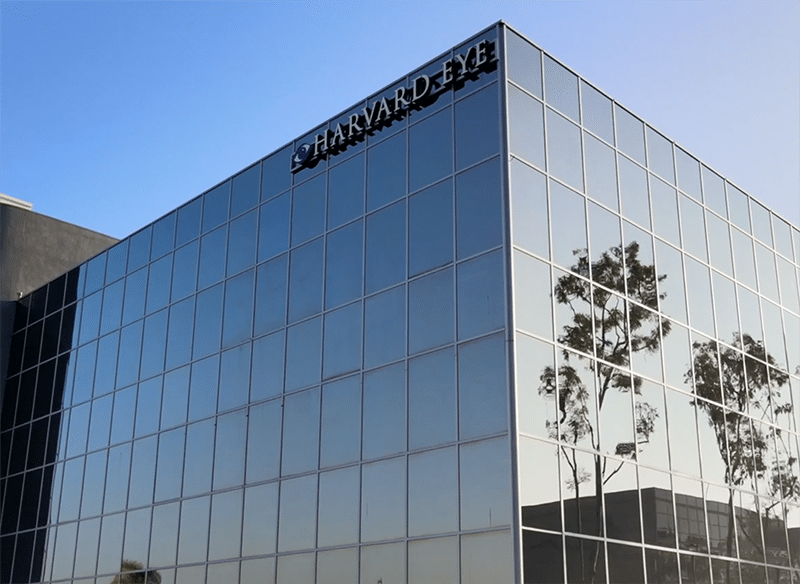 Laser eye surgery, sometimes called vision correction surgery or refractive surgery, is any surgical procedure used to correct vision problems. In recent years, tremendous advancements have been made in this field. Many people have experienced better vision and a more enjoyable lifestyle after having laser eye surgery.
Laser eye surgery, sometimes called vision correction surgery or refractive surgery, is any surgical procedure used to correct vision problems. In recent years, tremendous advancements have been made in this field. Many people have experienced better vision and a more enjoyable lifestyle after having laser eye surgery.
Most types of laser eye surgery work by reshaping the cornea, the clear front part of the eye, so that light traveling through it is properly focused onto the retina located in the back of the eye. Other types involve replacing the eye’s natural lens. There are several different types of laser eye surgery, including:
LASIK: Short for laser in-situ keratomileusis, this type of laser eye surgery is used to correct vision in people who are nearsighted, farsighted and/or have astigmatism. During LASIK surgery, vision is corrected by reshaping underlying corneal tissue so that it can properly focus light into the eye and onto the retina. LASIK eye surgery differs from others in that a flap is made in the outer layer of the cornea so that the underlying tissue can be accessed. LASIK may also be done with the addition of computer imaging called wavefront technology. This creates a detailed image of the cornea and serves as a guide for treatment.
PRK: Short for photorefractive keratectomy, this laser eye surgery is used to correct mild to moderate nearsightedness, farsightedness and/or astigmatism. During PRK surgery in Laguna Hills, your surgeon uses a laser to reshape the cornea. This laser, which delivers a cool pulsing beam of ultraviolet light, is used on the surface of the cornea, not underneath a flap of the cornea like in LASIK eye surgery. PRK may also be done with computer imaging of the cornea.
LASEK: Short for laser epithelial keratomileusis, this is a similar procedure to PRK. An epithelial flap is created and then epithelial cells are loosened using an alcohol solution. A laser is used to reshape the cornea, then the flap is replaced and secured with a soft contact lens while it heals. LASEK surgery is used to treat nearsightedness, farsightedness and/or astigmatism.
EpiLASIK: In this procedure, a very thin cell layer is separated from the cornea and then the internal cornea is reshaped with an excimer laser. Depending on the procedure chosen, the thin layer may be left off or replaced. The area is protected with a soft contact lens while it heals.
Not everyone is a candidate for laser eye surgery. Though it is considered safe, serious risks can be involved and it is important to meet with an experienced LASIK surgeon to see if you are a good candidate for the procedure. For more information about laser eye surgery, contact Harvard Eye Associates at 949-951-2020 or harvardeye.com.




